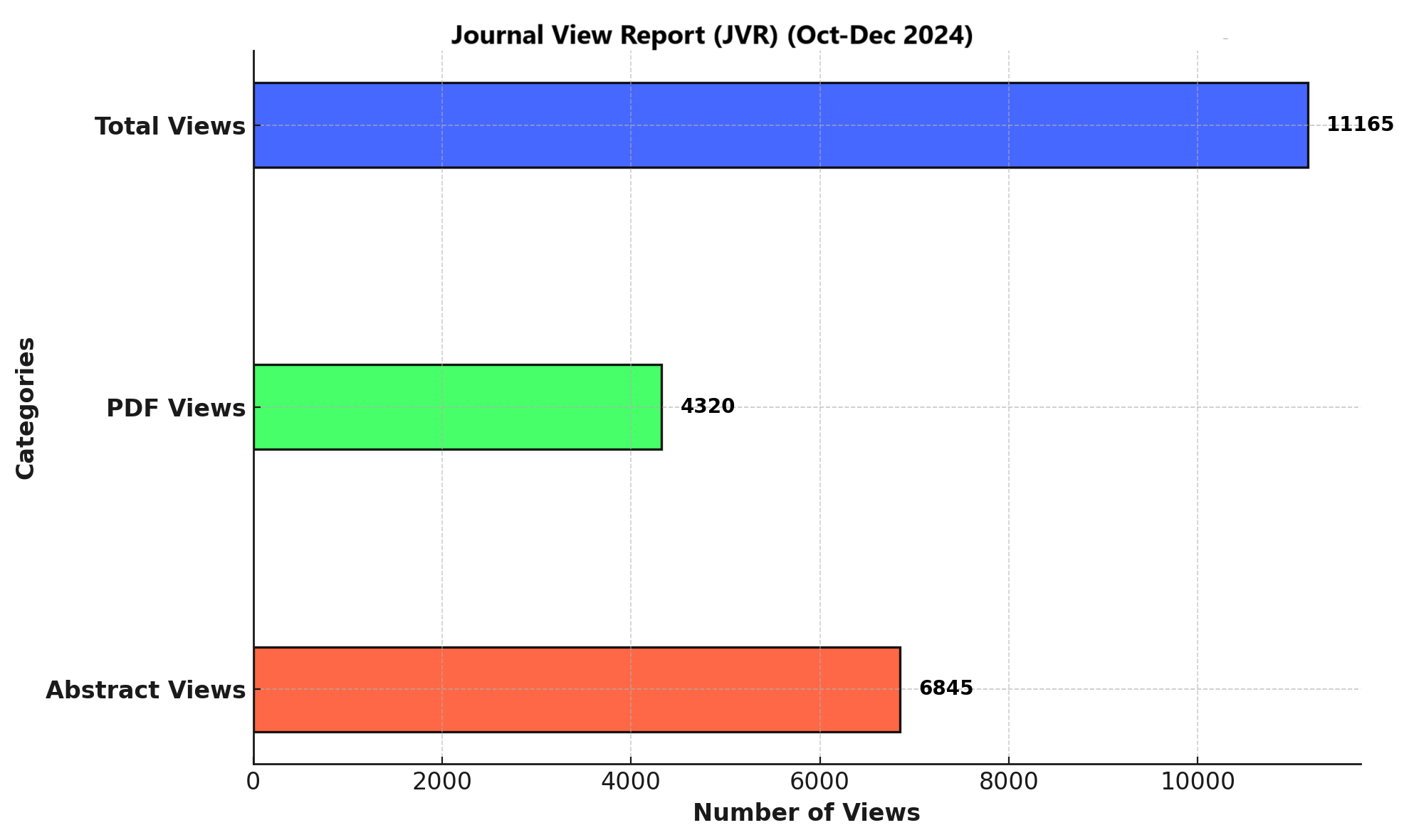COMPARATIVE EFFECTS OF ELONGATION LONGITUDINAUX AVEC DECOAPTION OSTEO ARTICULAIRE AND SUSTAINED NATURAL APOPHYSEAL GLIDE ON PAIN, RANGE OF MOTION AND DISABILITY IN PATIENTS WITH UNILATERAL CERVICAL RADICULOPATHY: A RANDOMIZED CLINICAL TRIAL
DOI:
https://doi.org/10.71000/ijhr152Keywords:
Cervical radiculopathy, disability, ELDOA, musculoskeletal manipulation, NPRS, range of motion, SNAGSAbstract
Background: Cervical radiculopathy (CR) is a common neurological condition in the fourth and fifth decades of life, characterized by nerve root impingement resulting from mechanical compression of the cervical spine, disc herniation, osteophyte formation, trauma, or bony spurs. CR leads to pain, reduced range of motion (ROM), and disability, impacting daily function. This study aimed to evaluate the comparative effects of Elongation Longitudinaux Avec Decoaption Osteo Articulaire (ELDOA) and Sustained Natural Apophyseal Glide (SNAGS) techniques in managing unilateral cervical radiculopathy.
Objective: To compare the effects of ELDOA and SNAGS on pain reduction, improvement in cervical ROM, and reduction of disability in patients with unilateral cervical radiculopathy.
Methods: A randomized clinical trial was conducted at the Physical Therapy OPD of Allied Hospital Faisalabad from February to May 2024. Twenty-eight participants, selected via convenience sampling and randomized using the lottery method, were allocated into two equal groups. Group A received ELDOA, and Group B received SNAGS, alongside baseline therapy including hot packs, TENS, and cervical isometric exercises, administered three times per week for four weeks. The outcome measures included the Numeric Pain Rating Scale (NPRS), Neck Disability Index (NDI), and cervical ROM assessed with a goniometer. Data were recorded at baseline and after four weeks and analyzed using SPSS version 23 with independent sample t-tests and Mann-Whitney U-tests applied for between-group comparisons.
Results: ELDOA showed significantly greater improvement in pain reduction (NPRS: 6.6±1.2 to 2.2±0.6) and disability (NDI: 47.0±8.9 to 21.7±6.7) compared to SNAGS (NPRS: 6.8±0.8 to 3.1±0.8; NDI: 51.8±12.0 to 28.6±9.5) with p-values <0.05. No significant differences were found in cervical flexion, extension, and side-bending ROM (p>0.05). However, SNAGS was more effective in improving cervical rotation ROM (51.0±3.3 to 61.3±2.3) compared to ELDOA (49.7±3.1 to 58.6±2.5) with a p-value <0.05.
Conclusion: Both ELDOA and SNAGS effectively reduced pain, improved ROM, and addressed disability in cervical radiculopathy. ELDOA was superior in reducing pain and disability, while SNAGS was more effective for enhancing cervical rotation ROM. These findings highlight the complementary benefits of both techniques in managing cervical radiculopathy.
Published
Issue
Section
License
Copyright (c) 2024 Naveera Maqsood, Rubina Zulfqar, Sana Zahir, Aqsa Shahid, Fatima Afzaal, Sobia Nawaz (Author)

This work is licensed under a Creative Commons Attribution-NonCommercial-NoDerivatives 4.0 International License.







